Thinking about getting back into exercise at 60? You're in the right place. Whether you’re returning after a break or starting fresh, movement is one of the best things you can do for your overall health.
But let’s be real—starting (or restarting) can feel overwhelming. Maybe you’re dealing with joint pain, unsure where to begin, or worried about how your body will respond. That’s exactly why we’re here.
At NordStick, we believe fitness should meet you where you are and progress with you over time. With the right approach—and the right tools like the NordBench and OmniBand Pro—you can rebuild strength, improve balance, and move with confidence.
Key Takeaways
-
Prioritize physical activity to enhance health, reduce risks of chronic diseases, and improve mental well-being as you age.
-
Begin your fitness journey by assessing your current fitness level and consult healthcare providers for personalized guidance.
-
Create a balanced exercise plan that includes aerobic, strength, flexibility, and balance exercises, while gradually increasing intensity for sustainable progress.
Why Exercise Matters at 60
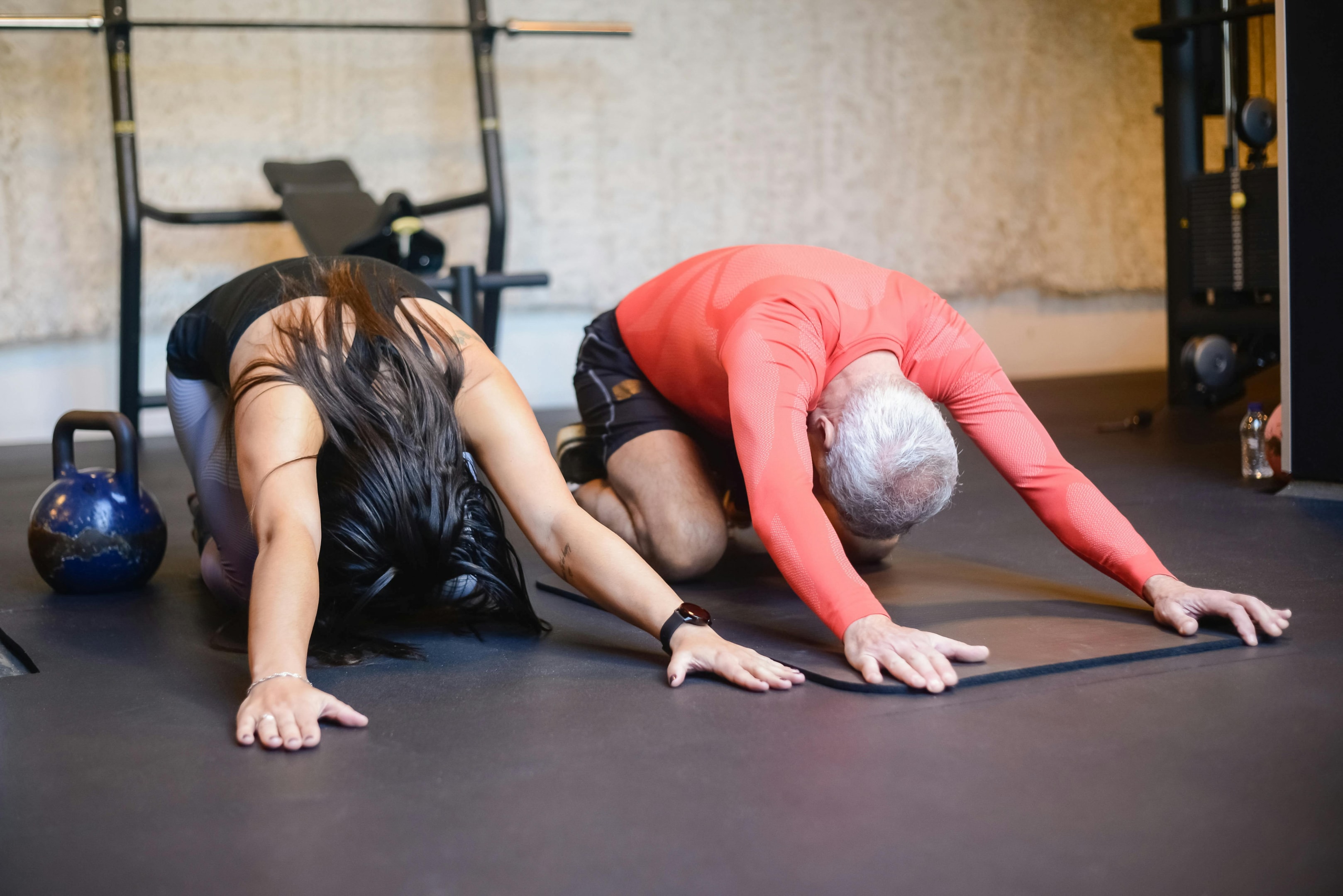
Staying active isn’t just about keeping up with daily routine tasks—it’s about thriving.
💪 Stronger muscles = fewer aches and pains – Strength training helps you build muscle and protect your joints.
🫀 Better heart health – Regular physical activity improves circulation and reduces the risk of heart disease.
🦴 Prevents bone loss – Exercises like lifting weights keep bones strong and help prevent osteoporosis.
🧠 Boosts energy and mental clarity – Movement improves mood, sleep, and cognitive function.
The key? Start slow and stay consistent. Let’s dive into how you can make movement a habit that feels good.
🔥 Related Read: A Leg Day Workout to Help You Build a Strong Foundation in 2025
Leg strength is essential for balance and mobility—try these exercises to build a solid foundation at any age.
Start Where You Are: Simple Ways to Move
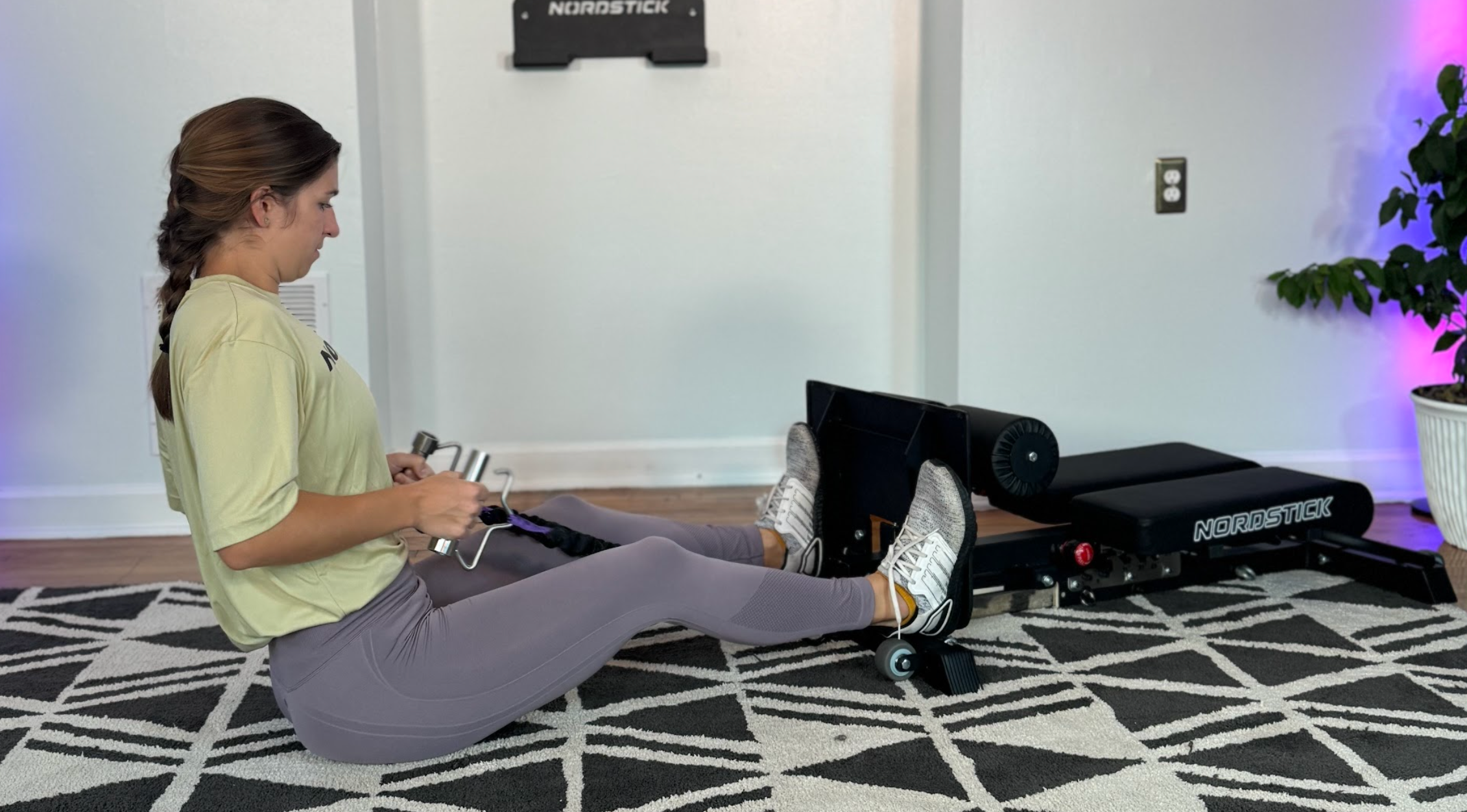
The best way to stay motivated? Pick movements that feel good and fit easily into your life.
🦵 Chair Exercises for Strength & Mobility
If you’re starting fresh or easing back in, chair exercises are a great way to build muscle strength with support.
🪑 Seated Leg Lifts – Strengthens lower legs and improves circulation.
🪑 Chair Squats – Builds muscle mass and supports balance.
🪑 Seated Rows with Resistance Bands – A great upper body move using the OmniBand Pro or the NordBench Band System.
🔥 Related Read: Enhance Everyday Strength: 10 Must-Try OmniBand Pro Exercises
Discover simple, effective strength exercises you can do at home with the OmniBand Pro.
🚶 Walking & Balance Exercises for Stability
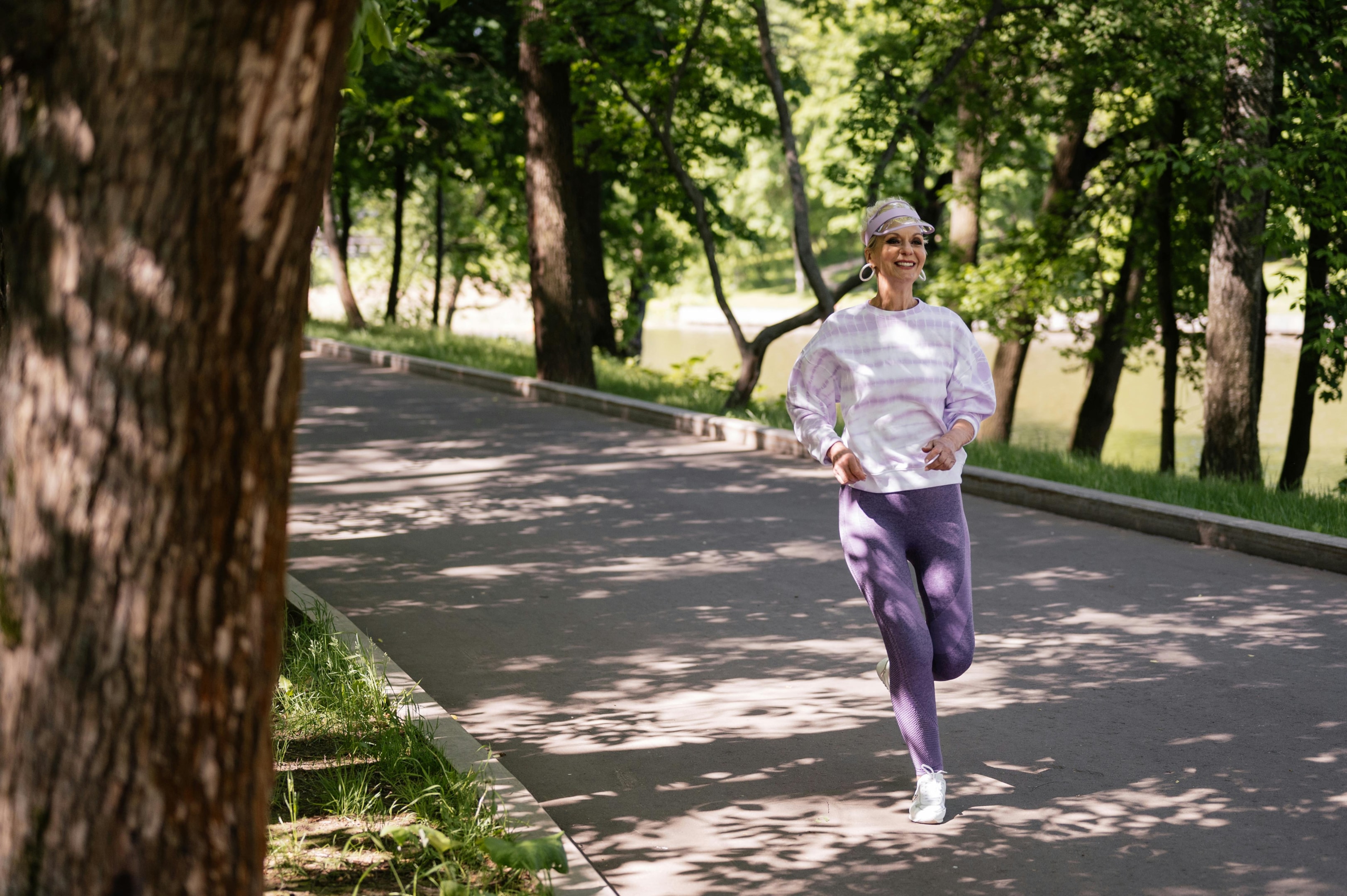
Balance and coordination help you stay upright and prevent falls. Try these:
👣 Heel-to-Toe Walk – Strengthens stabilizing muscles.
🦶 One-Leg Stands – Improves core stability.
☯️ Tai Chi – Enhances balance and reduces stress.
🔥 Related Read: 5 Daily Strength Exercises to Stay Functional and Injury-Free in Everyday Life
These daily exercises will keep you strong, mobile, and pain-free as you age.
Build Strength with Functional Training
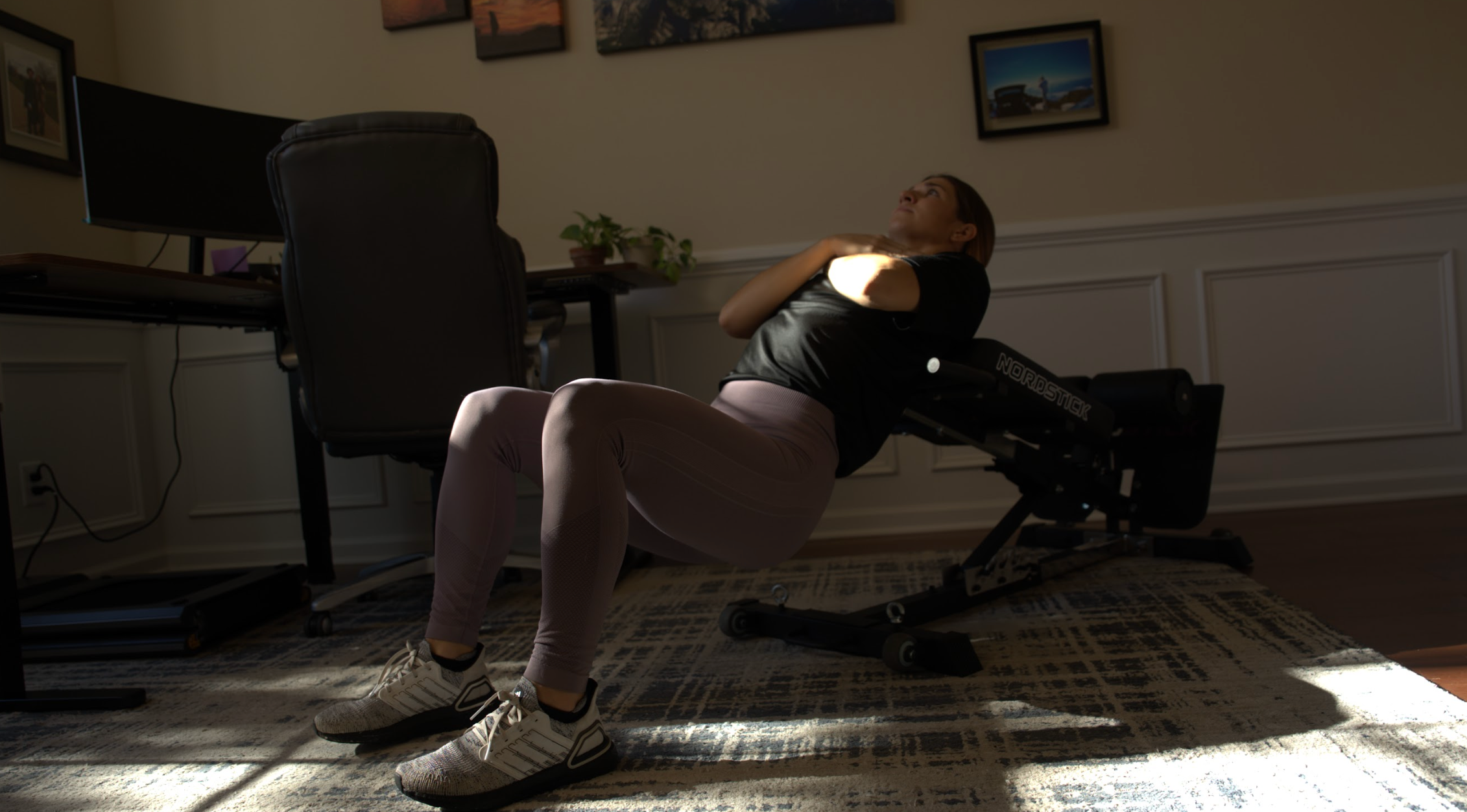
Strength training isn’t about lifting heavy weights—it’s about using your body weight and resistance to get stronger.
Try these with the NordBench and OmniBand Pro:
🏋️ Glute Bridges – Strengthens muscles in the lower body and improves core stability.
🏋️ Assisted Nordic Curls – Supports joint health with controlled movement.
🏋️ Banded Rows – Engages major muscle groups for better posture and grip strength.
📌 Tip: The NordBench provides the perfect setup for safe, effective hamstring and core work at home.
🔥 Related Read: A Push and Pull Workout for Daily Functional Strength
Balancing pushing and pulling movements is key to posture, strength, and injury prevention. Try this full-body routine.
Creating a Routine That Works for You
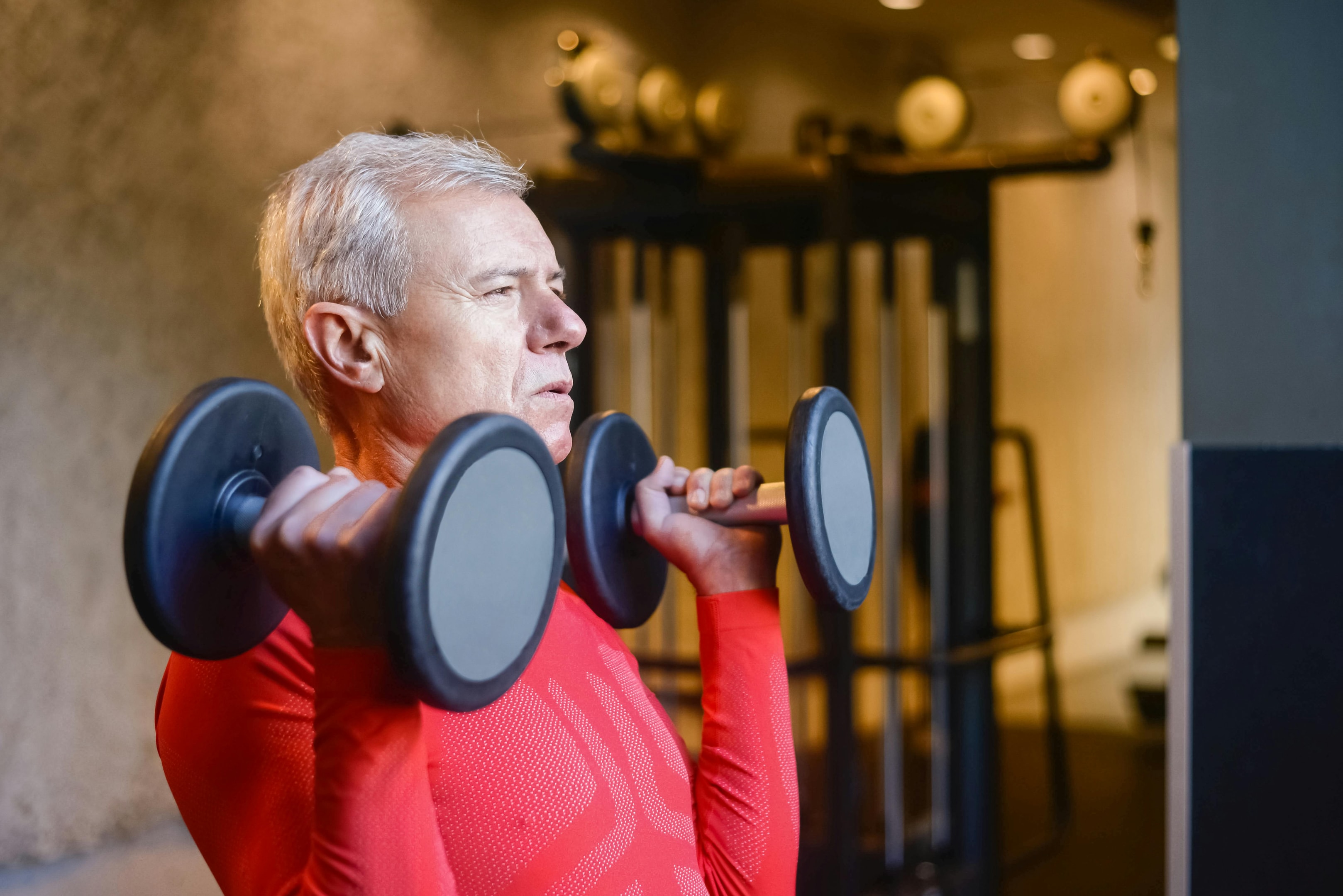
Building strength and endurance takes time—but consistency is more important than intensity. Start with:
📆 Week 1: 10-15 minutes, 3x per week.
📆 Week 2: Add balance exercises and light strength work.
📆 Week 3: Work up to 150 minutes of moderate exercise per week.
✔️ Make it a habit – Set a time each day for movement.
✔️ Use the right equipment – The NordBench makes it easy to progress safely.
✔️ Listen to your body – Begin at your own pace, stay hydrated, and rest when needed.
🔥 Related Read: The 5 Most Essential Fitness Skills You Must Have
From balance to core strength, these skills will make every movement easier and more effective.
Final Thoughts: It’s Never Too Late to Start
If you’ve been waiting for the right time to start exercising—this is it. 💪
You don’t need a gym membership or heavy weights to see results. With simple, consistent movement and the right equipment—like the NordBench and OmniBand Pro—you can build strength, prevent injuries, and feel more confident every day.
👉 Ready to take the first step? Check out the NordBench and OmniBand Pro—your fitness partners for strength at any age.
🔗 Start Here: Explore Our Training Equipment
Frequently Asked Questions
Why is it important to start exercising at age 60?
Starting to exercise at age 60 is essential for boosting your physical health and maintaining independence. Embrace this opportunity to enhance your quality of life, boost mental well-being, and reduce health risks!
How can I assess my current fitness level before starting a new exercise routine?
Assessing your fitness level is straightforward and empowering! Try the Rockport Walking Test for cardiovascular fitness and the chair stand test for lower body strength to gain valuable insights and set achievable goals for your new exercise routine.
What types of exercises should be included in a personalized exercise plan for older adults?
In a personalized exercise plan for older adults, make sure to include aerobic exercises, strength training, flexibility, and balance exercises. This diverse mix not only promotes overall health but also keeps your workouts engaging and effective!
How can I stay motivated and consistent with my exercise routine?
To stay motivated and consistent with your exercise routine, set achievable goals and choose activities you genuinely enjoy. Mix things up and share your fitness journey with supportive friends to keep accountability high and the fun alive!
Is it necessary to consult a healthcare provider before starting a new exercise routine?
Absolutely, consulting a healthcare provider before starting a new exercise routine is crucial for your safety and well-being. It ensures you get a tailored plan that suits your health needs, helping you achieve your fitness goals with confidence!
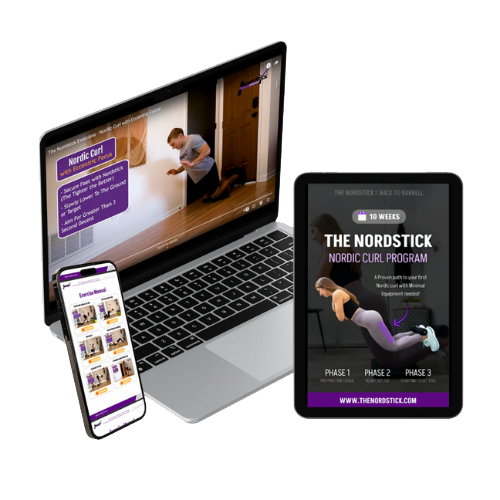


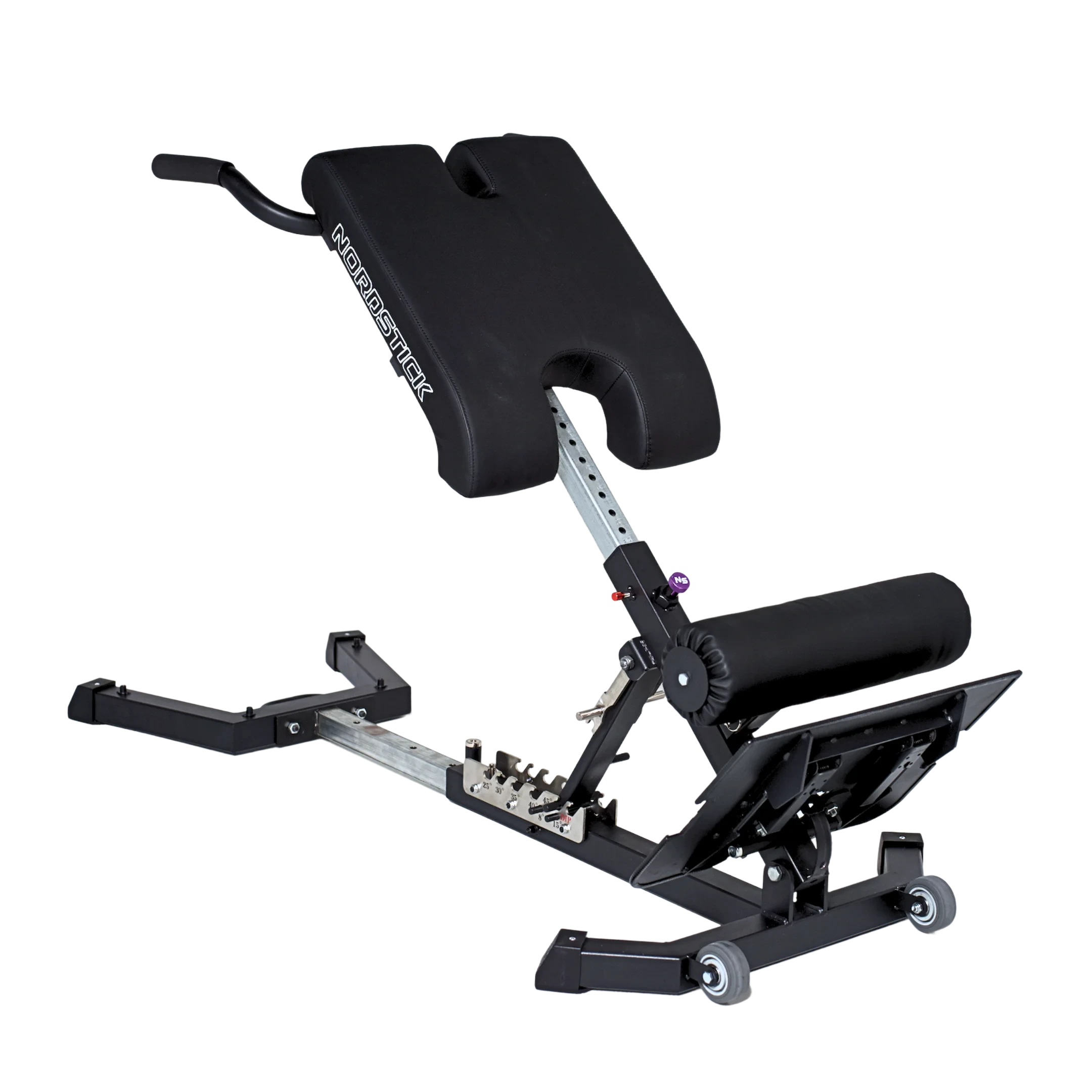
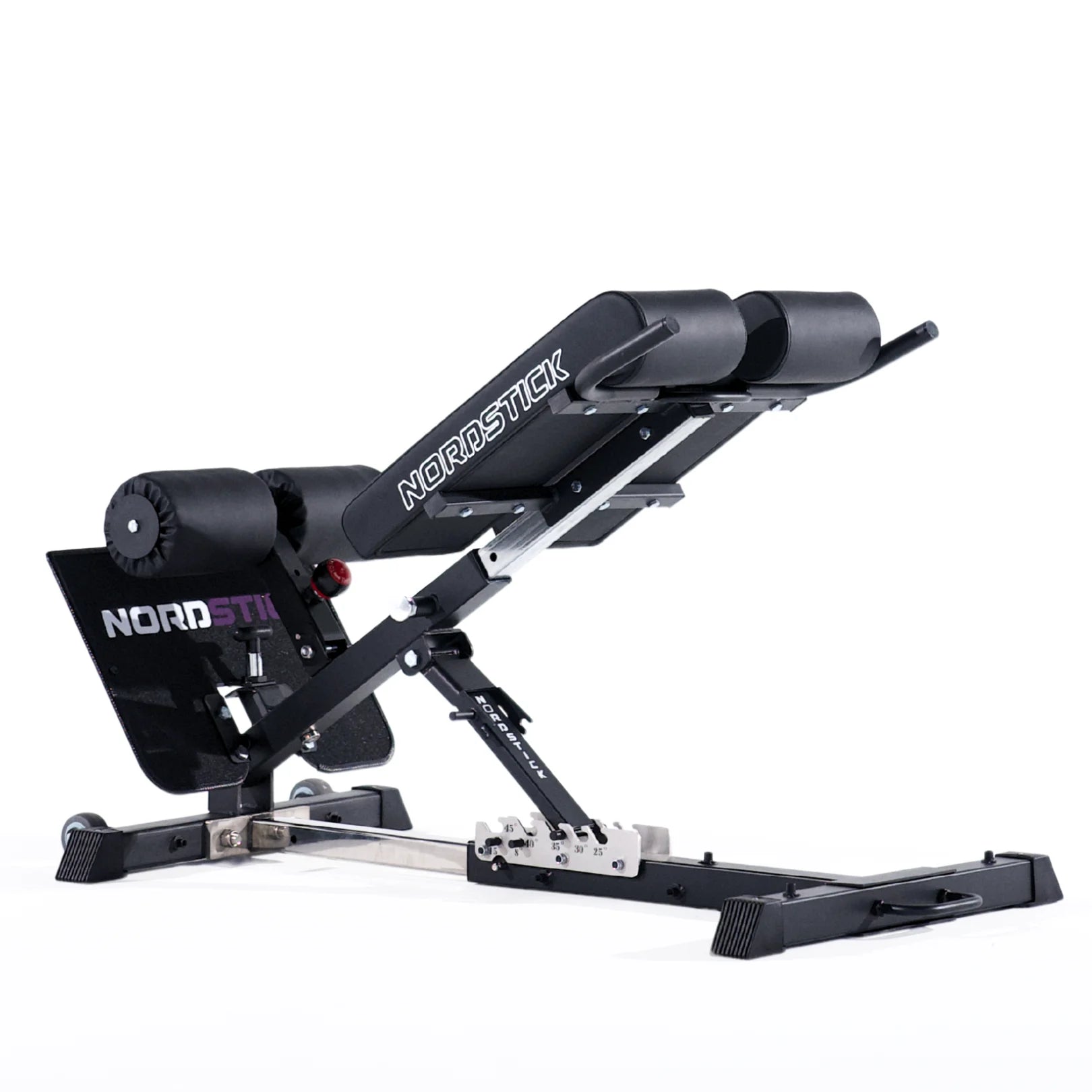





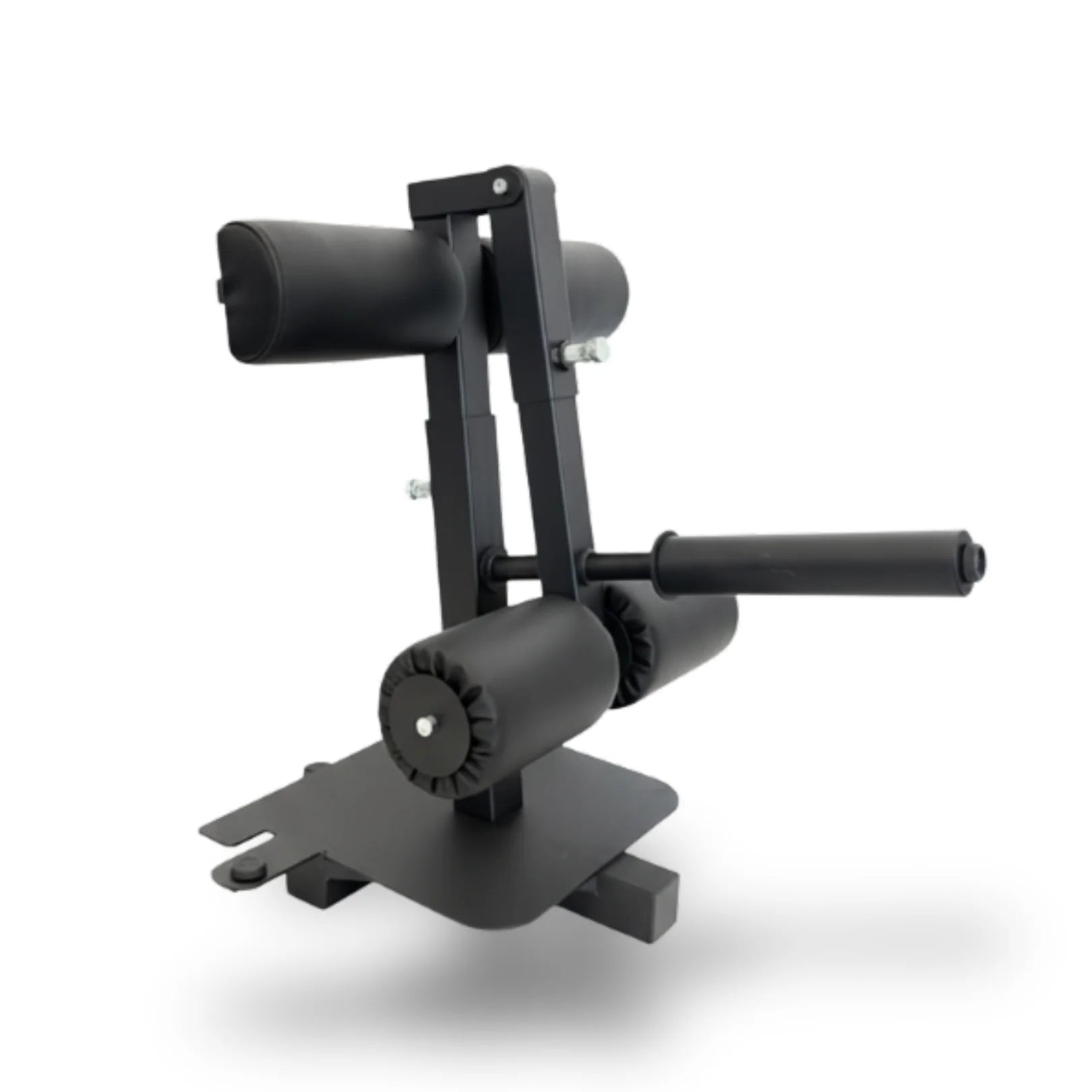
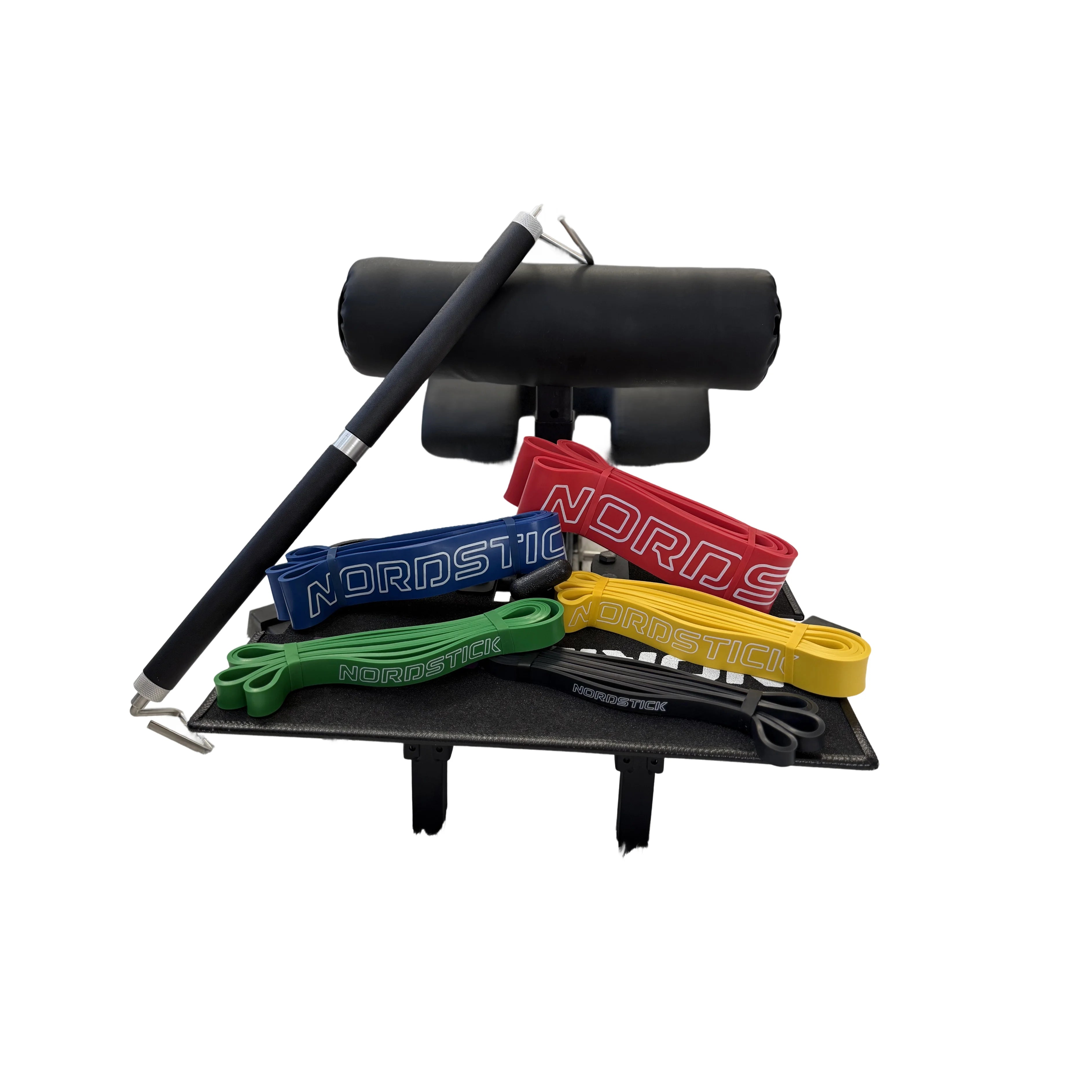
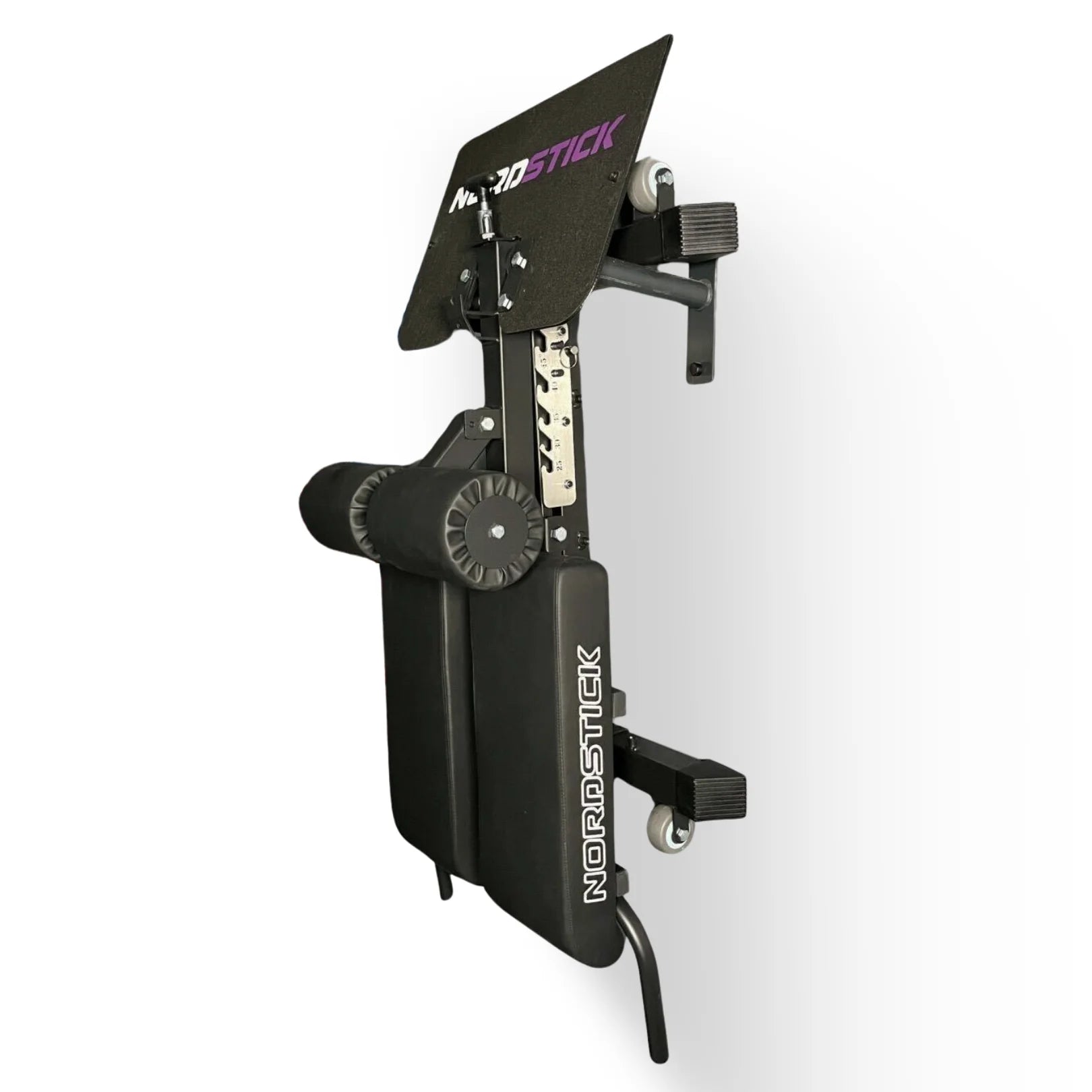
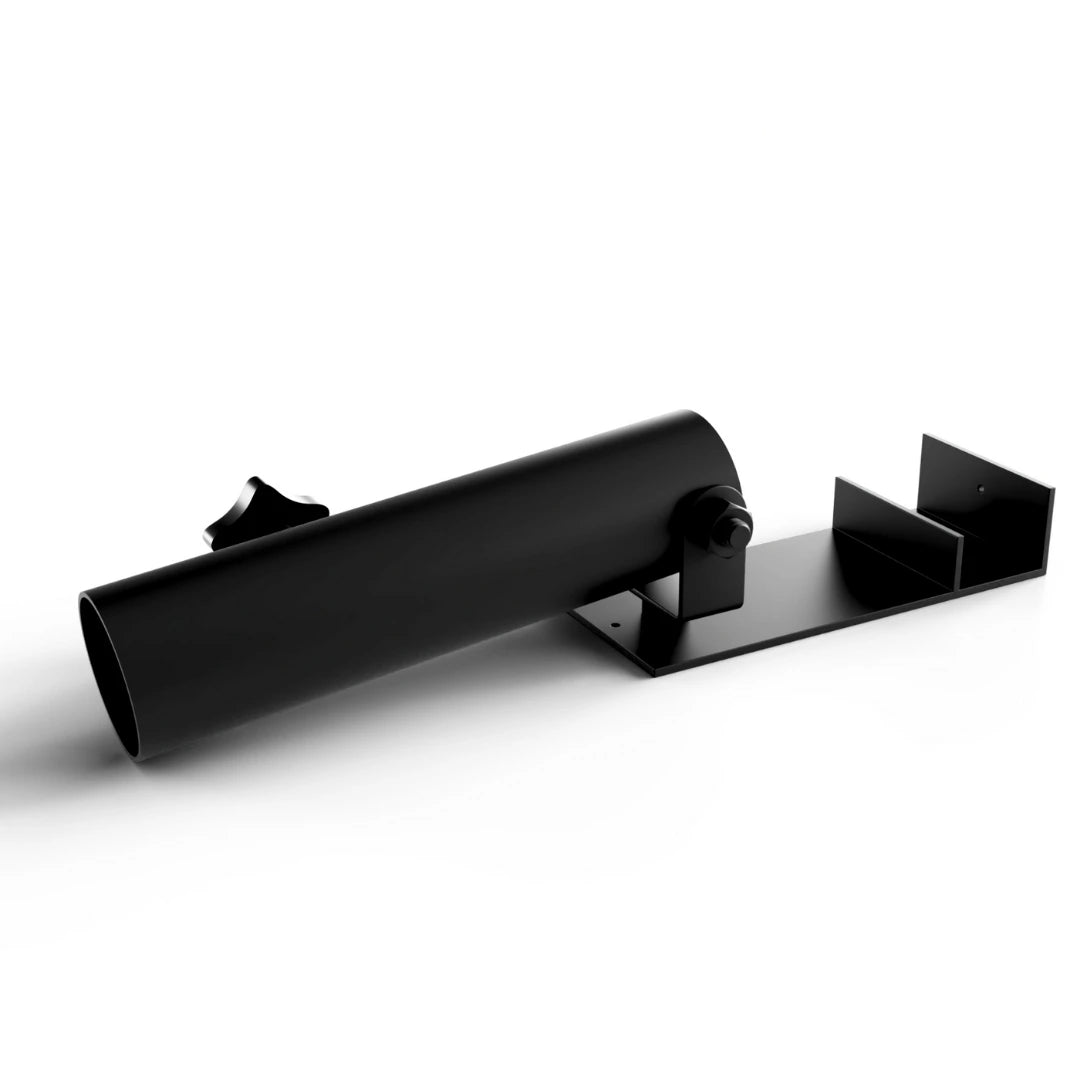
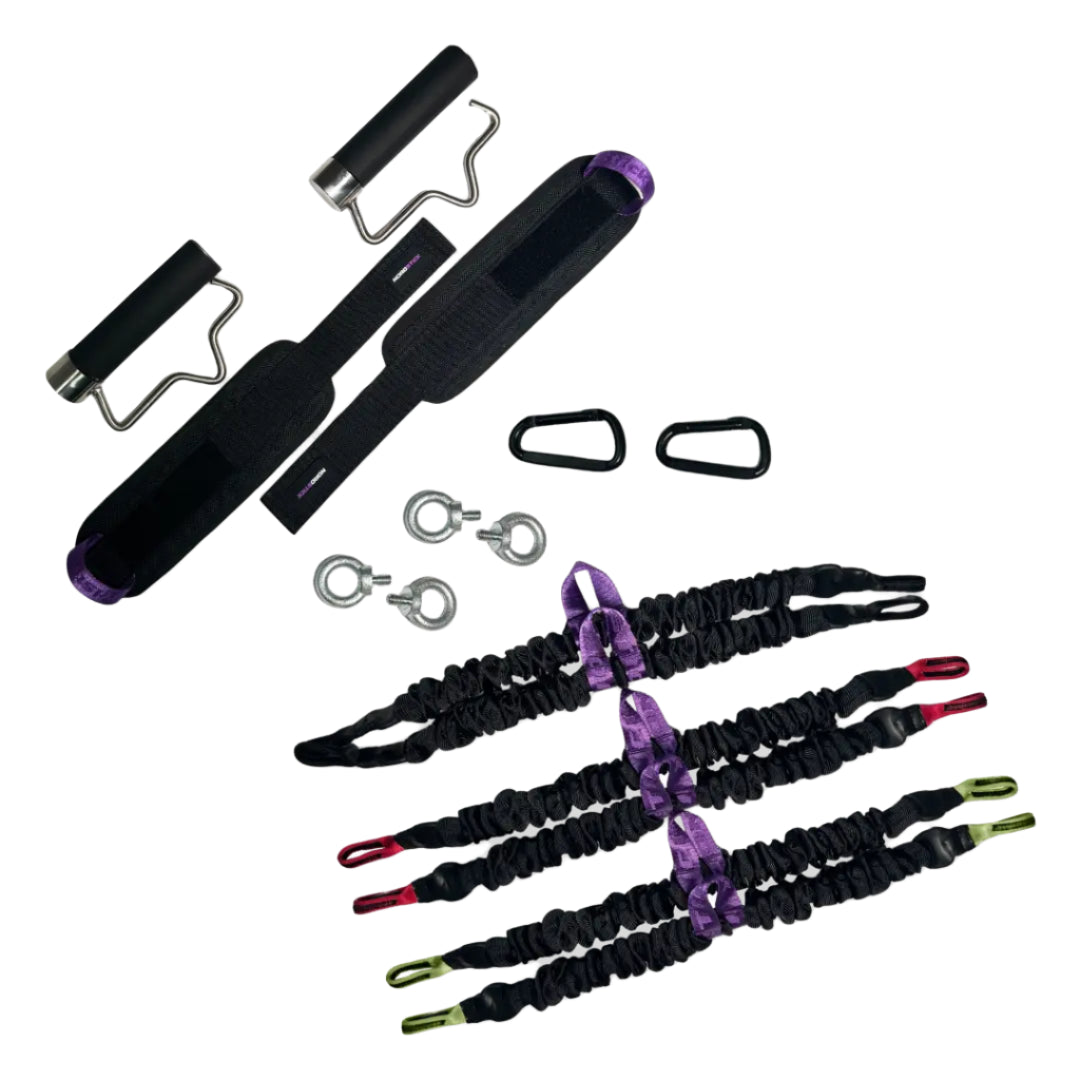
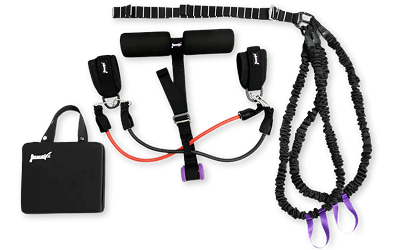
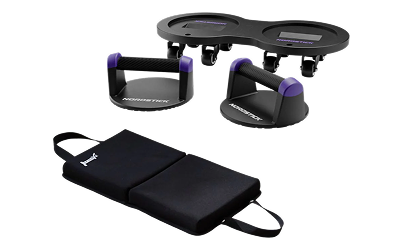
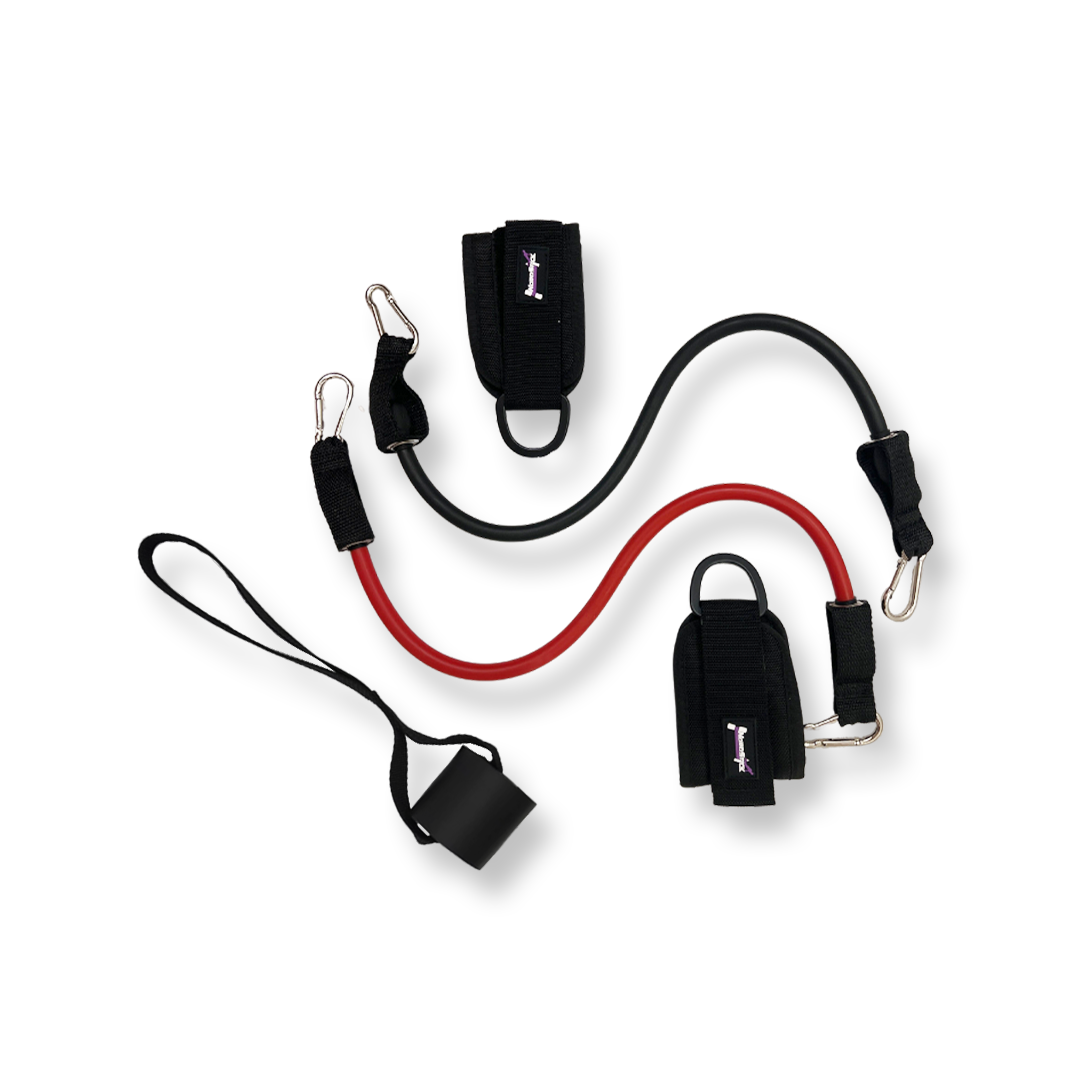
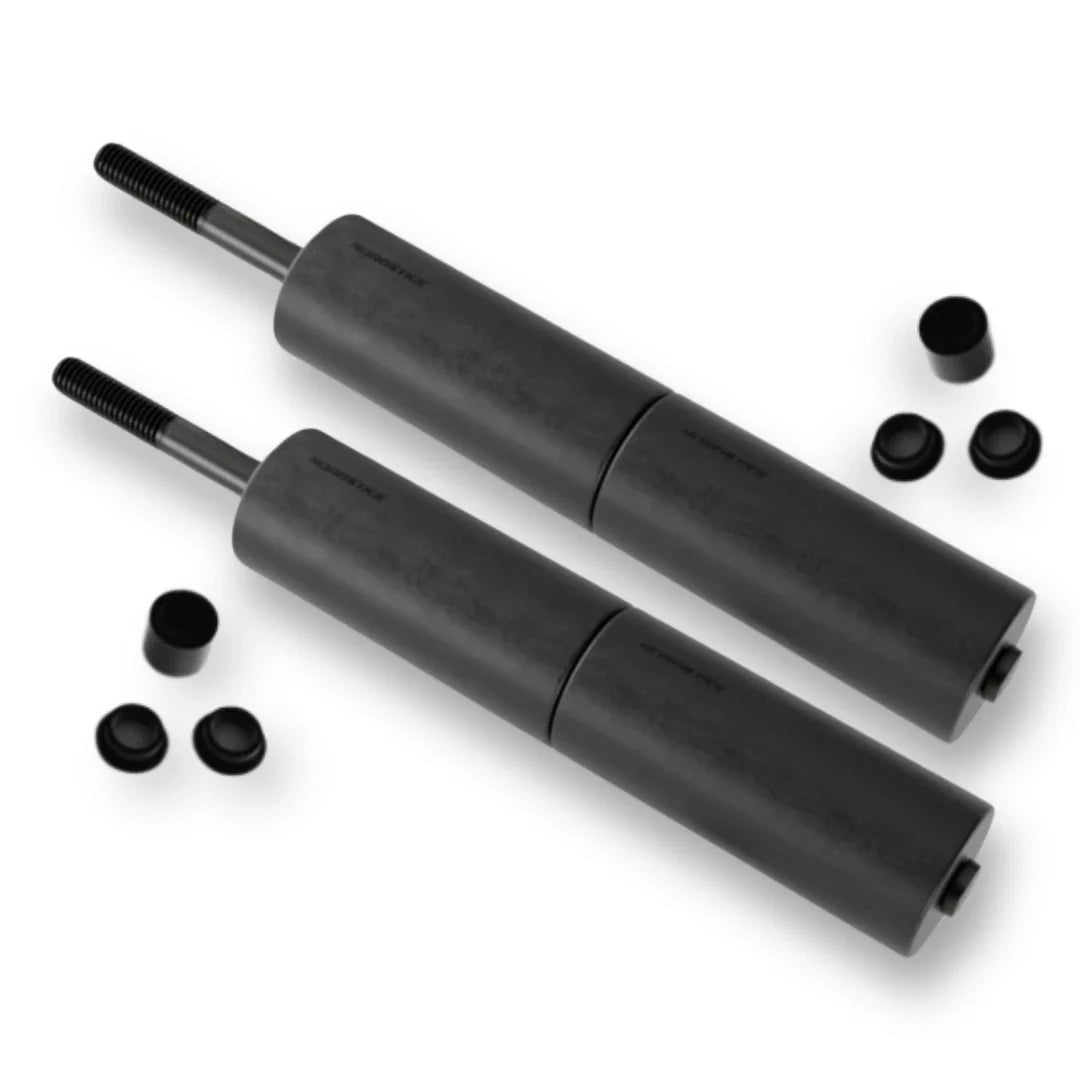
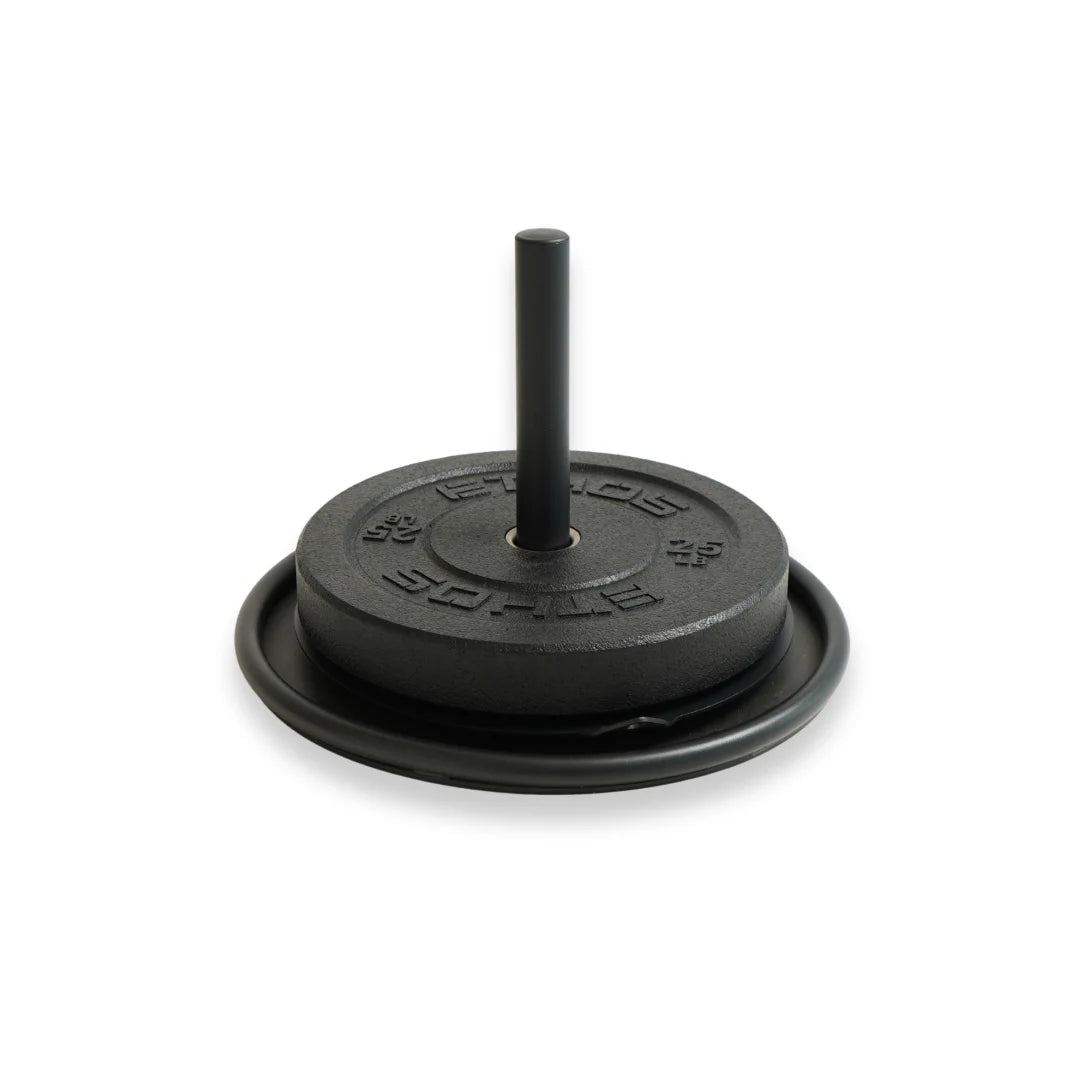
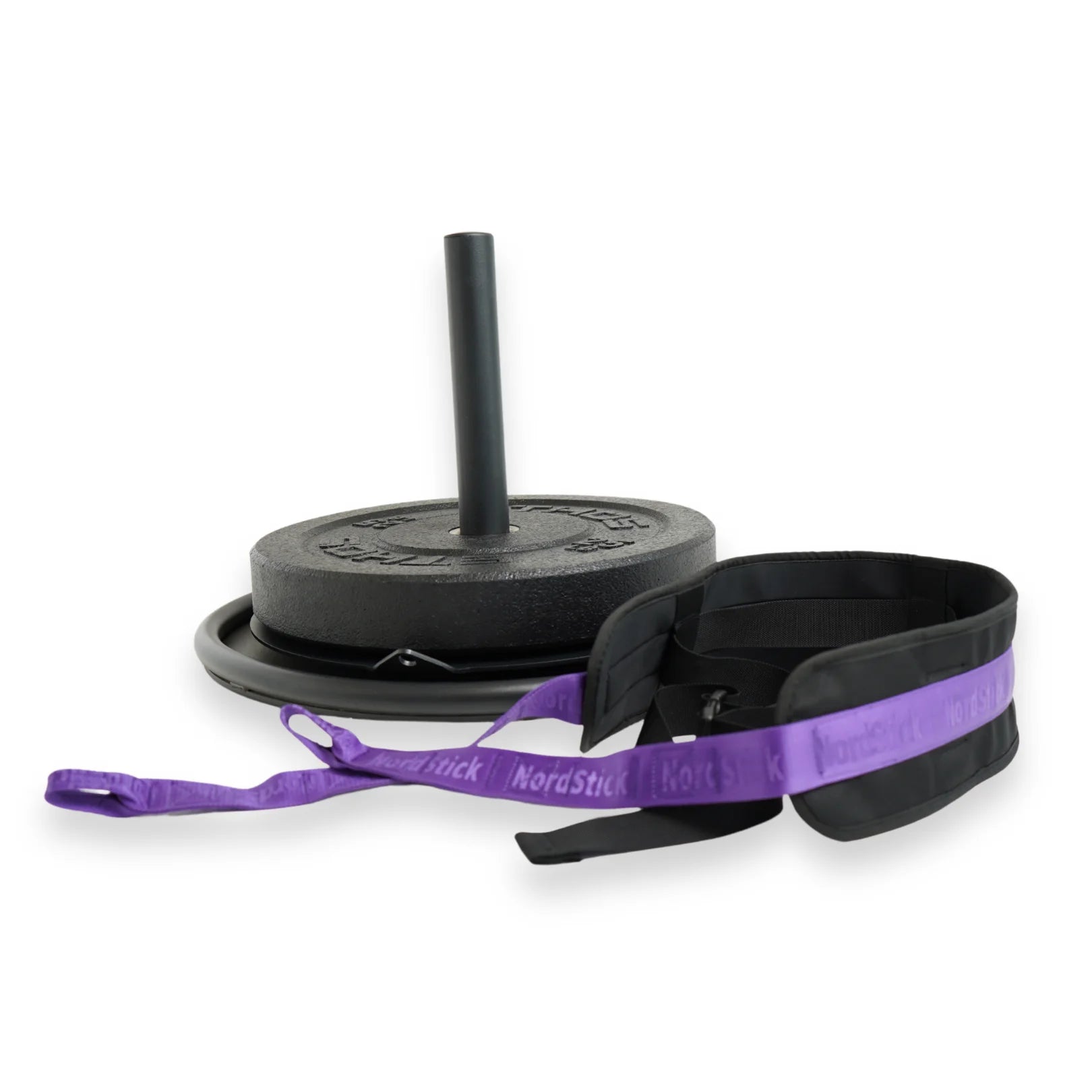
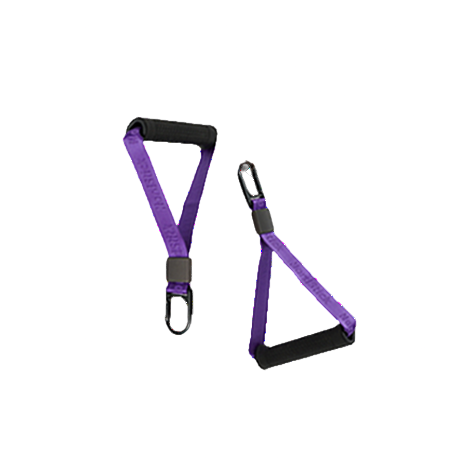
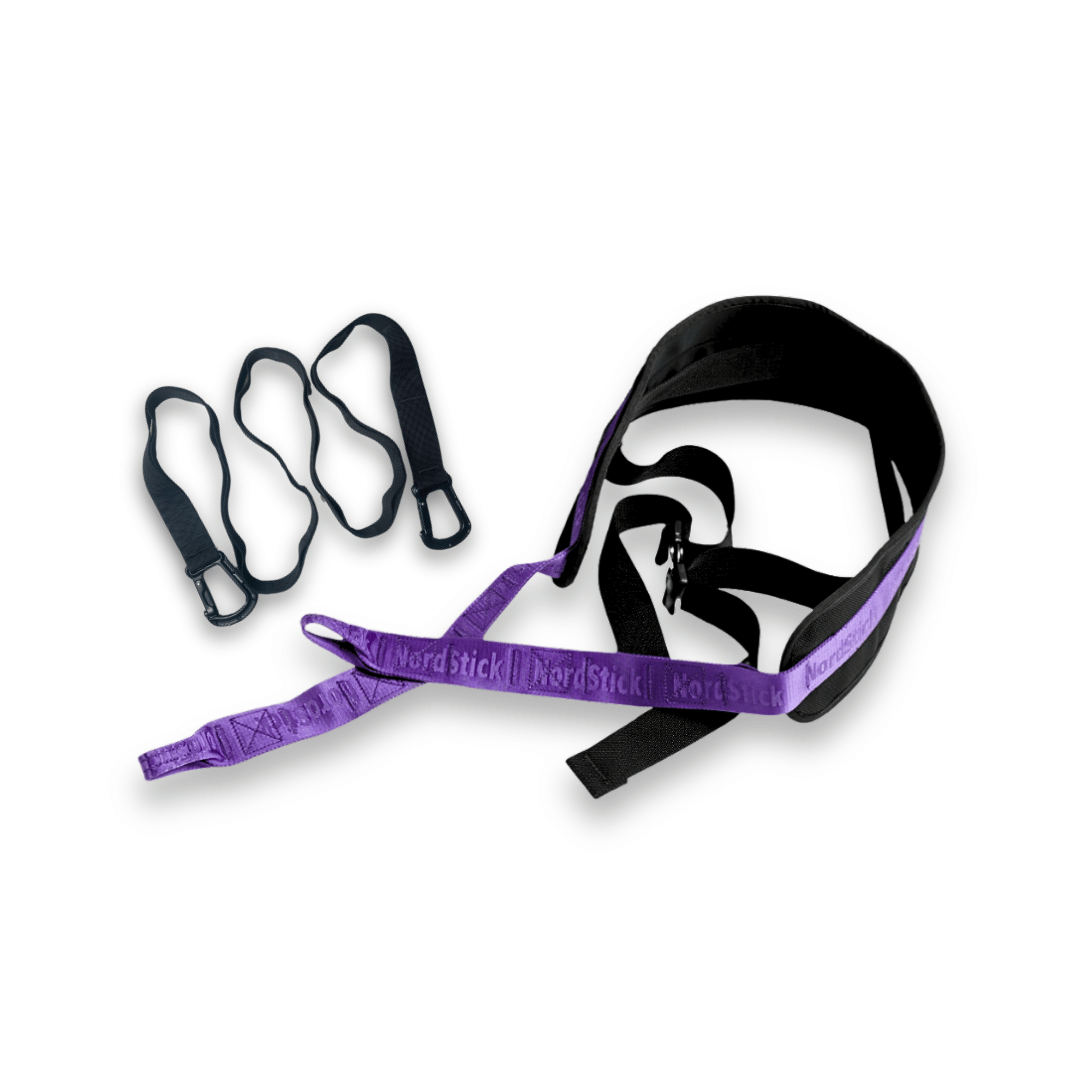
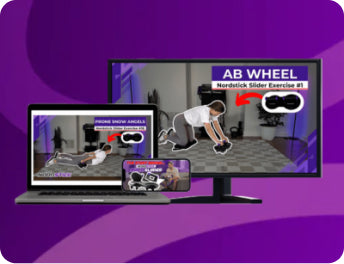


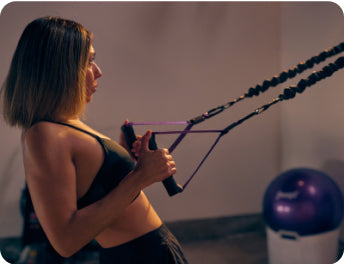

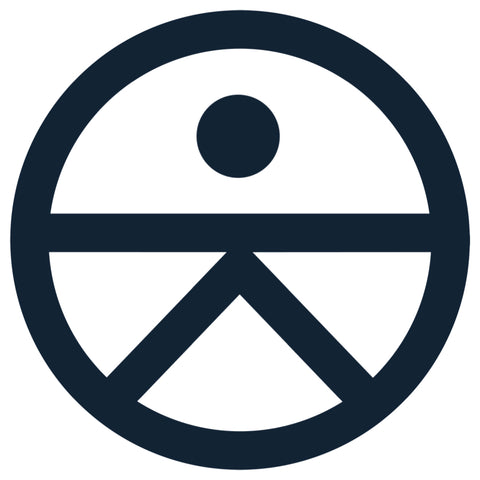
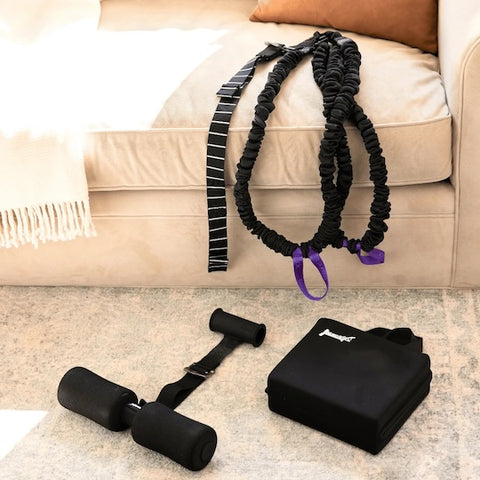

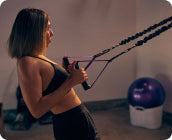
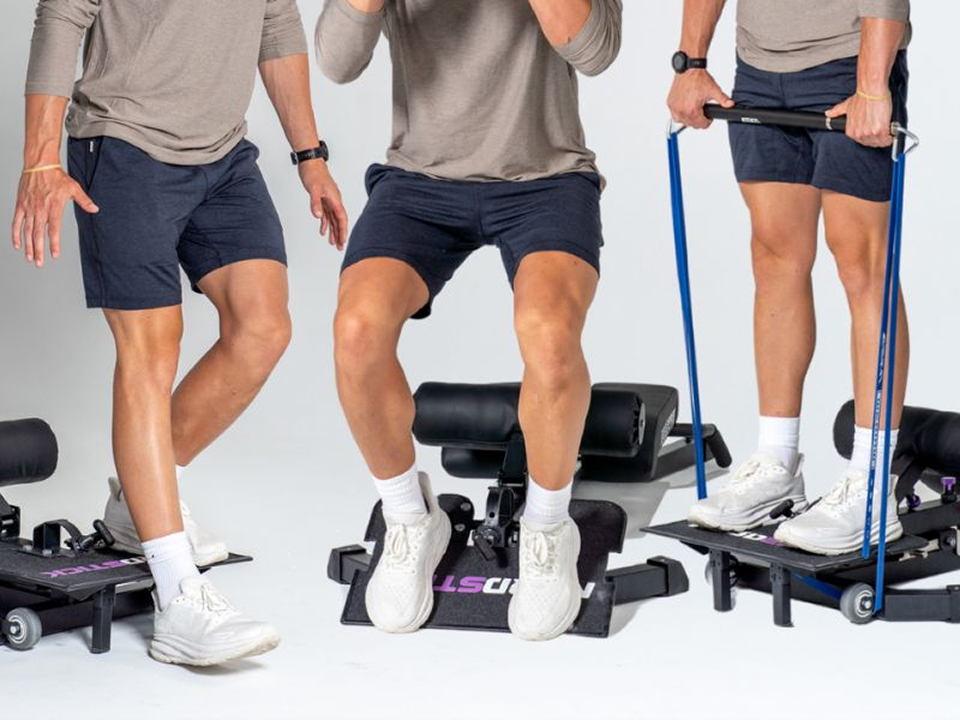
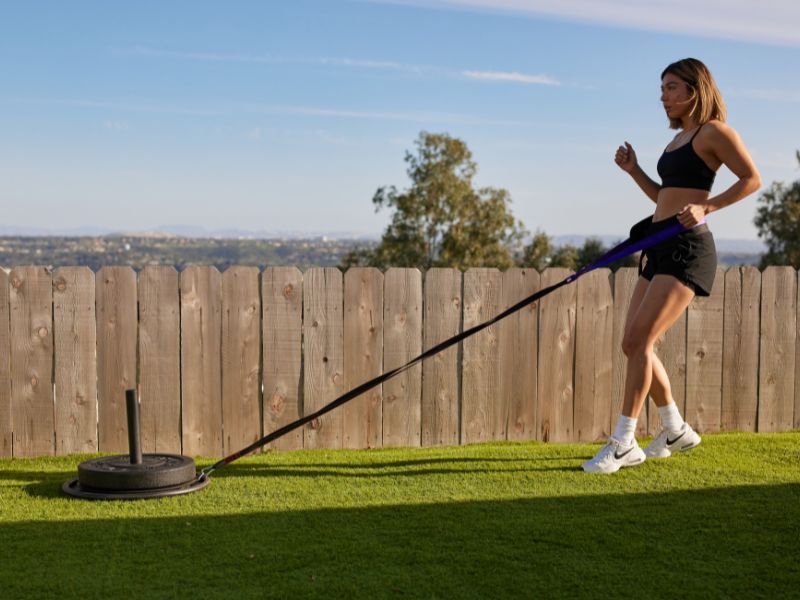

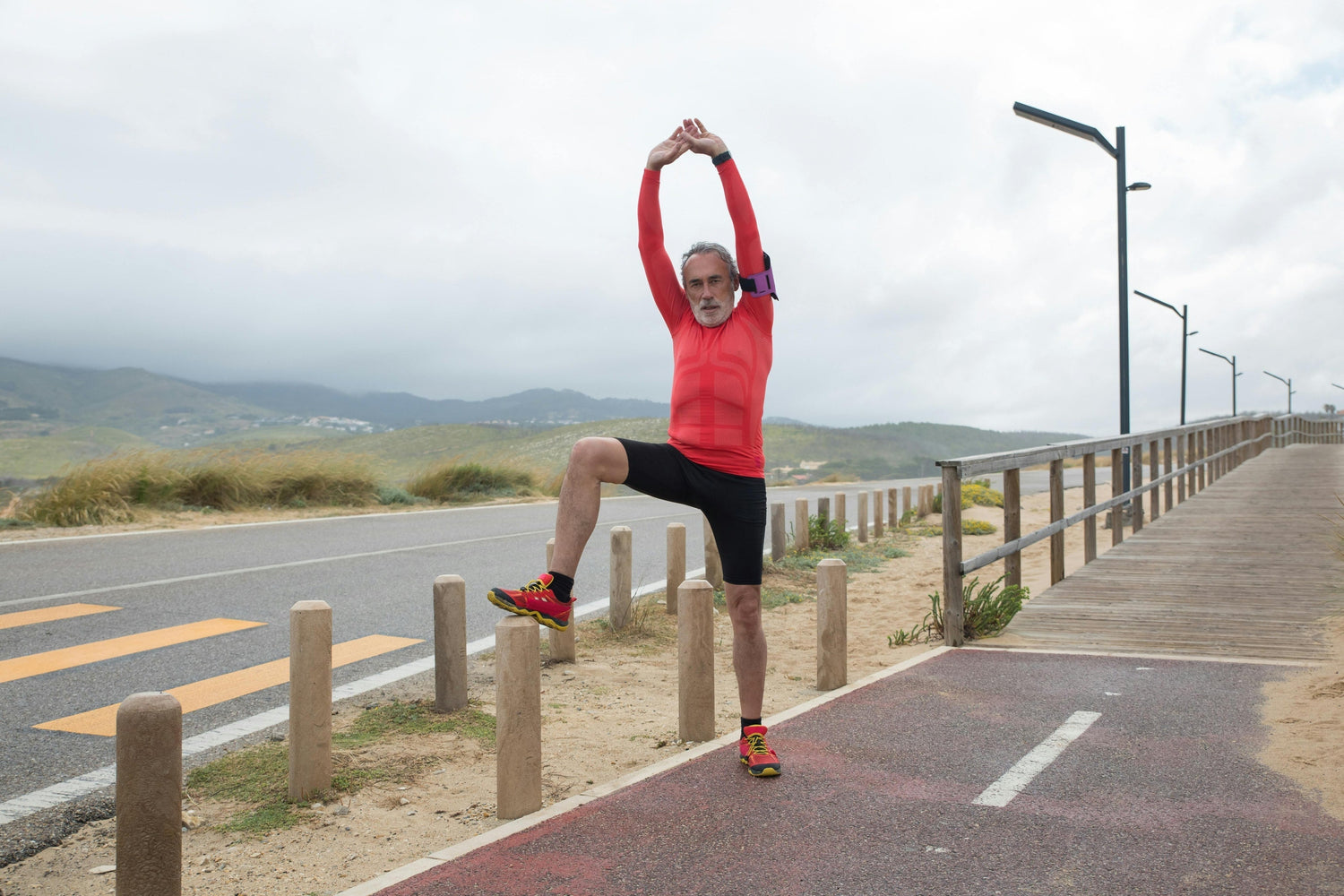
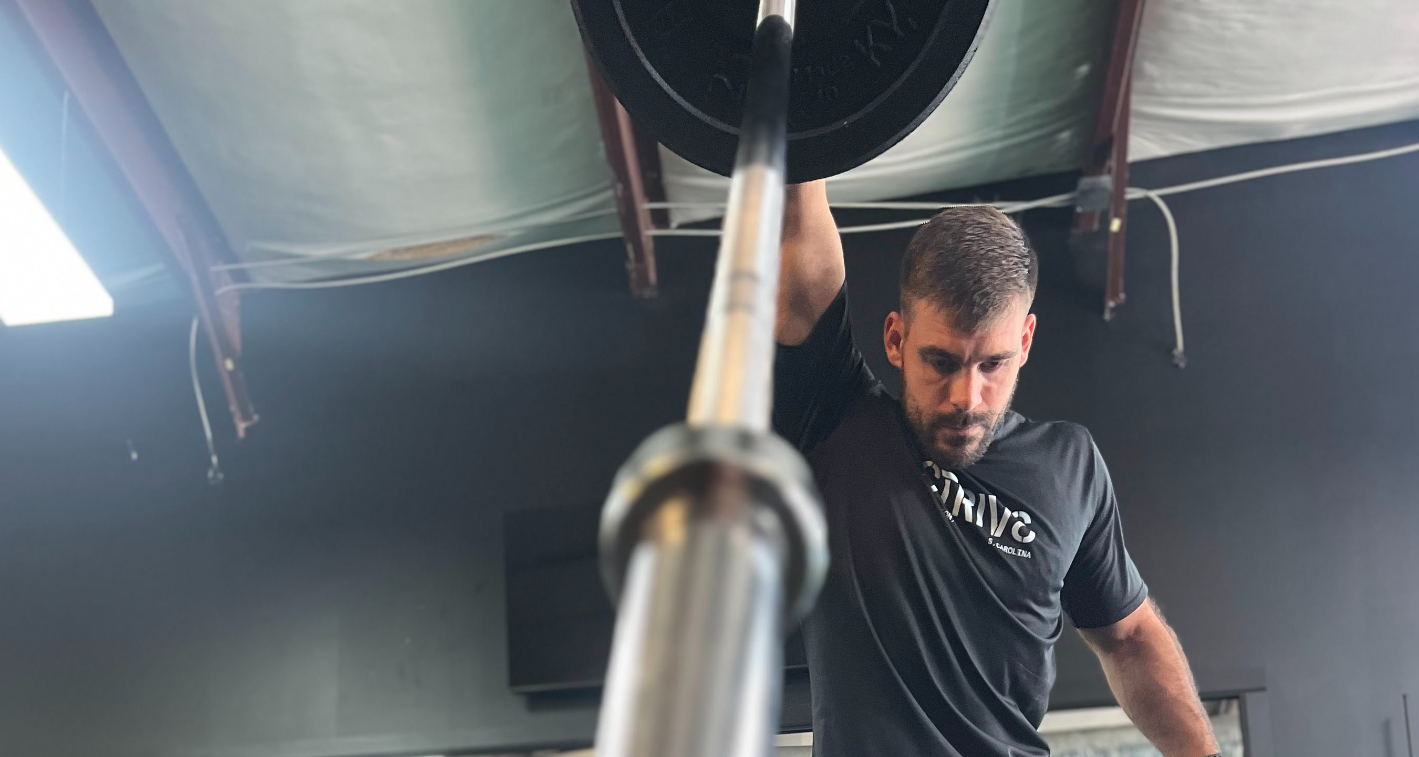
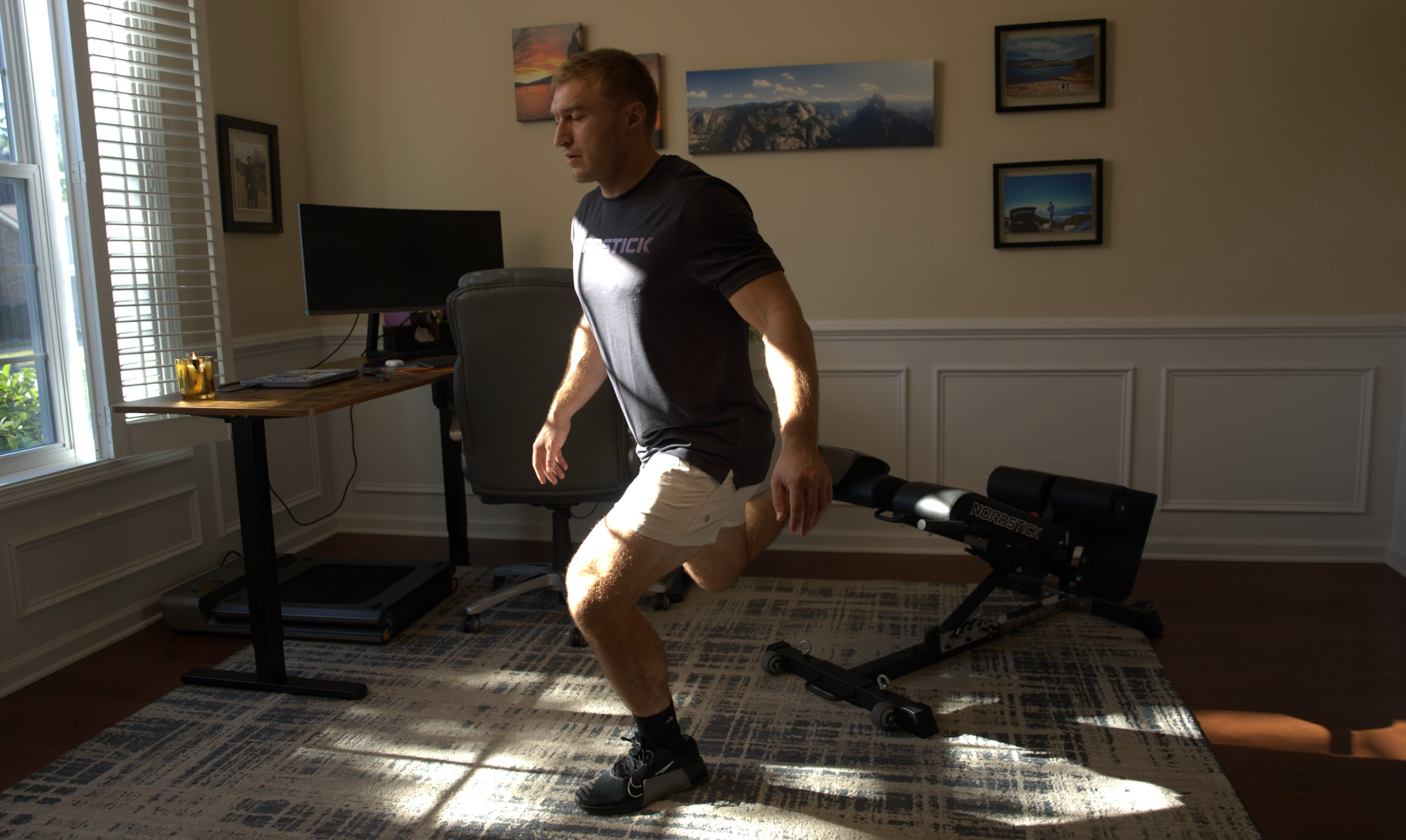



Leave a comment
This site is protected by hCaptcha and the hCaptcha Privacy Policy and Terms of Service apply.